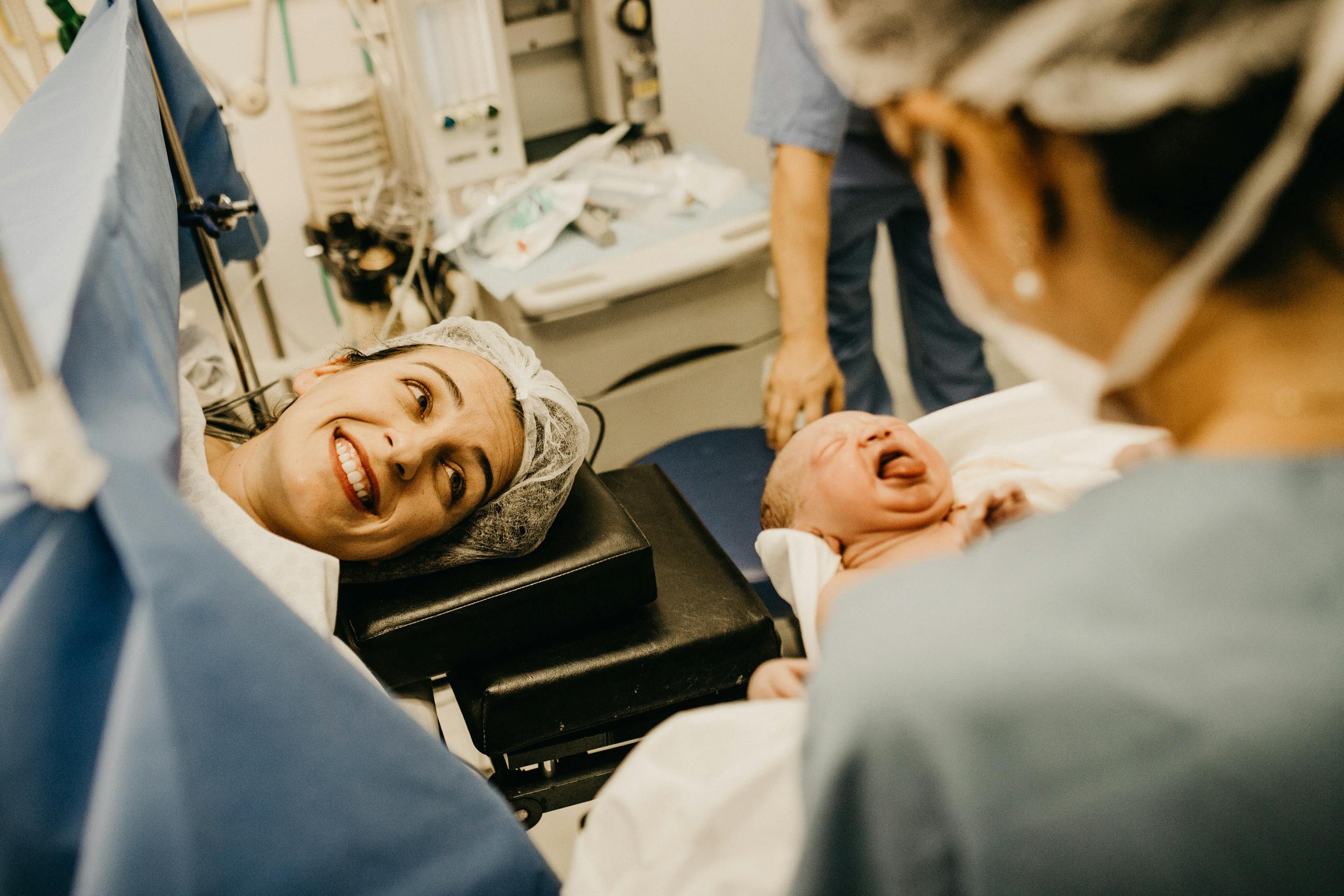10 Essential Steps for Medical Assistants in Surgical Site Cleaning to Ensure Safety and Hygiene
Key Takeaways:
- Proper surgical site cleaning is critical for infection prevention and patient safety.
- Medical assistants play a vital role in maintaining a sterile environment through the correct use of aseptic techniques and PPE.
- Adhering to a strict cleaning protocol minimizes risks and ensures surgical safety.
Introduction
In the fast-paced environment of healthcare, especially in surgical settings, maintaining a clean and sterile environment is not just a recommendation—it’s a necessity. Medical assistants are often at the forefront of this task, ensuring that surgical sites are properly cleaned and prepped. This responsibility is critical, as it directly impacts infection prevention, patient outcomes, and overall surgical safety.
Whether you’re a seasoned medical assistant or new to the field, understanding and executing the essential steps in surgical site cleaning is key to providing the highest level of care. In this article, we’ll walk through the crucial steps that medical assistants should follow to ensure that surgical sites are thoroughly cleaned and ready for procedures.
1. Understanding the Importance of Surgical Site Cleaning
Surgical site cleaning is more than just a routine task; it’s a vital component of patient care. The goal is to minimize the risk of infections, which can lead to severe complications or prolonged hospital stays. By following a standardized cleaning protocol, medical assistants ensure that every surgical procedure starts with a sterile environment, safeguarding patients and medical staff alike.
2. Preparation: Gathering the Necessary Equipment
Before beginning the cleaning process, it’s essential to gather all necessary equipment:
- Disinfectants: Use hospital-grade disinfectants approved for surgical environments.
- Personal Protective Equipment (PPE): Gloves, masks, gowns, and eye protection are mandatory to protect both the medical assistant and the surgical site.
- Sterile Cleaning Tools: Use single-use sterile wipes or cloths to avoid cross-contamination.
Having everything ready ensures a smooth cleaning process without interruptions, reducing the risk of contaminating the surgical site.
3. Using the Correct Aseptic Technique
Aseptic technique is the foundation of surgical site cleaning. This involves:
- Hand Hygiene: Before and after cleaning, wash hands thoroughly using an approved antiseptic solution.
- Donning PPE: Ensure all PPE is worn correctly to avoid any contamination.
- Maintaining a Sterile Environment: Only sterile tools and disinfectants should come into contact with the surgical site.
4. Step-by-Step Surgical Site Cleaning Process
Follow these steps to ensure thorough cleaning:
- Step 1: Initial Wipe Down – Use a sterile cloth soaked in disinfectant to wipe down the area around the surgical site. Focus on removing any visible dirt or debris.
- Step 2: Application of Disinfectant – Apply a hospital-grade disinfectant using a sterile wipe. Ensure even coverage of the entire surgical area.
- Step 3: Allow to Air Dry – After applying the disinfectant, allow the area to air dry completely. This ensures that the disinfectant has adequate time to kill any pathogens.
- Step 4: Final Inspection – Before proceeding with the surgery, inspect the site to ensure it is dry and free from any contaminants.
5. The Role of PPE in Surgical Site Cleaning
Proper use of PPE is non-negotiable. It serves as the first line of defense against the spread of infections. Medical assistants must be trained to:
- Select the Appropriate PPE: Depending on the cleaning task, different levels of PPE may be required.
- Don and Doff Safely: Ensure PPE is put on and removed without contaminating oneself or the environment.
- Dispose of PPE Correctly: Used PPE should be disposed of in biohazard bins immediately after use to prevent contamination.
6. Infection Prevention: A Continuous Effort
Infection prevention is not a one-time task but a continuous effort. Medical assistants should be vigilant in:
- Regularly Reviewing Protocols: Stay updated with the latest guidelines from health authorities.
- Participating in Training Sessions: Regular training ensures that all staff are competent in the latest aseptic techniques.
- Monitoring for Compliance: Regular audits and checks should be in place to ensure adherence to cleaning protocols.
7. Ensuring Surgical Safety Through Regular Audits
Regular audits are essential to maintain high standards of cleanliness. These should include:
- Routine Checks: Regular checks of surgical sites, equipment, and cleaning protocols.
- Feedback Loops: Implementing a system where feedback can be given and received to continually improve practices.
8. Common Mistakes in Surgical Site Cleaning and How to Avoid Them
Even with the best intentions, mistakes can happen. Some common pitfalls include:
- Inadequate Drying Time: Rushing the process can leave the surgical site wet, reducing the efficacy of disinfectants.
- Using Non-Sterile Tools: Always ensure that the tools used are sterile.
- Skipping Steps: Ensure that every step of the cleaning protocol is followed precisely.
9. Rainbow Property Maintenance: Your Partner in Surgical Site Cleaning
At Rainbow Property Maintenance, we understand the critical nature of surgical site cleaning. Our team is trained in the latest cleaning protocols, ensuring that your facility remains compliant with all regulations and provides a safe environment for your patients. Learn more about our specialized medical facility cleaning services and how we can support your facility’s needs.
10. Staying Updated with the Latest Guidelines
The healthcare field is always evolving, and so are the guidelines for surgical site cleaning. Partnering with a service provider like Rainbow Property Maintenance ensures that your facility stays ahead of the curve. Our team is dedicated to ongoing education and adaptation to meet the highest standards of cleanliness and safety. Visit our services page to see how we can help maintain your facility.
Conclusion
Surgical site cleaning is an essential task that demands attention to detail and strict adherence to protocols. Medical assistants play a crucial role in this process, ensuring that every surgical procedure begins in a sterile, safe environment. By following the steps outlined in this article, you can significantly reduce the risk of infections and enhance patient outcomes.
Rainbow Property Maintenance is committed to helping healthcare facilities maintain the highest standards of cleanliness. Our medical facility cleaning services are designed to support your team and keep your surgical sites clean and safe. If you’re looking for a reliable partner in maintaining a sterile environment, contact us today to learn more about our tailored solutions.
FAQ
Q1: What is the most critical step in surgical site cleaning?
A1: The most critical step is the application of a hospital-grade disinfectant and ensuring it is allowed to air dry completely. This ensures that all potential pathogens are effectively neutralized.
Q2: How often should surgical site cleaning protocols be reviewed?
A2: Surgical site cleaning protocols should be reviewed regularly, ideally quarterly, or whenever new guidelines from health authorities are released.
Q3: Can Rainbow Property Maintenance customize cleaning protocols for our facility?
A3: Absolutely. We tailor our services to meet the specific needs of your facility, ensuring compliance with all relevant regulations and guidelines.








